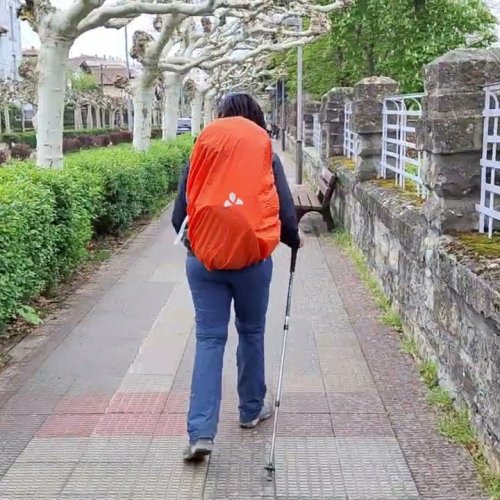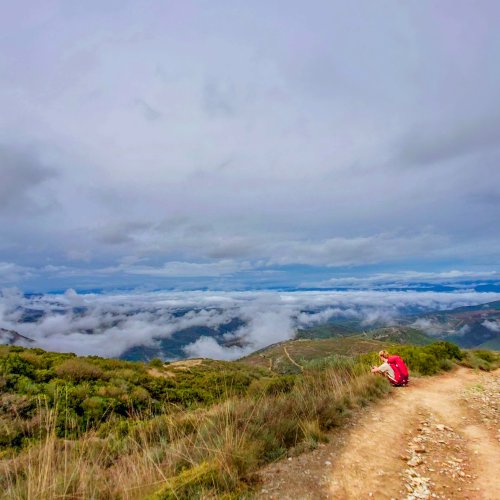For the Spanish speakers: I am translating into English a guide to the Camino Olvidado, which goes from Bilbao to Villafranca del Bierzo. At several points I have come across the term "pista de grijo". I know it is some kind of path/track, but what is grijo? No dictionary has helped me yet, so I'm hoping for help here.
Many thanks, Laurie
Many thanks, Laurie

















